Changes ahead
Some pages will look different than others as we modernize to bring you an even better website.
Officers Row
Tour Stop C: Officers Row
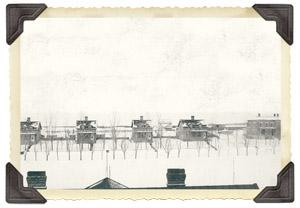
Built in 1906, Fort Omaha's Officers Row typifies the architecture appropriate for officers' residences on an Army post in the early 20th century. Large and impressively formal, the houses lack elaborate exterior decoration characteristic of residences of similar size, which prosperous civilians built throughout Omaha.
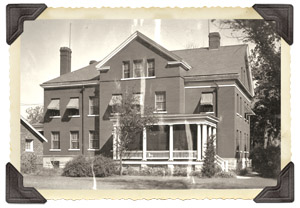
The simplicity of Officers Row expresses government and taxpayer pressure to keep within budget limits. The restrained classic lines of each house reflects the dignity of early Georgian, Federal and Greek Revival styles. Though less ornate than the older Italianate style of the headquarters, their red brick walls and white trim blend with the architectural unity of Fort Omaha.
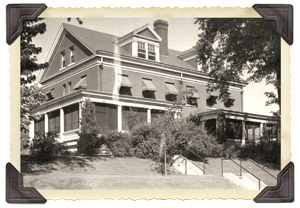
The officers quartered in Officers Row participated in the social activities of Omaha business and professional elite. An early Omaha social directory, the Blue Book, listed the names of the Fort Omaha officers staff who regularly received invitations to the city's charity balls, band concerts, sleighing parties and activities of fraternal lodges. Visiting dignitaries considered Officers Row a place of hospitality.
Crook House
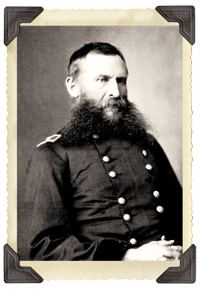
On April 27, 1875, General George Crook assumed command of the Department of the Platte. When the headquarters was shifted from downtown Omaha to Fort Omaha (Omaha Barracks) in 1878, Crook first lived in wooden quarters. An Army authorization for the new quarters was approved on June 18, 1878, and this two-story brick structure, Italianate in style, was completed in 1879. The use of the troop labor reduced its cost to $7,716.
In November 1879, General and Mrs. Ulysses S. Grant stayed at the Crook House for three days, and the garrison was invited to a reception. The people of Omaha loaned necessary furnishings because the Crooks' furniture had not yet arrived. Successions of the nation's influential citizens have entertained here. From here, President Rutherford B. Hayes reviewed the fort's troops on Sept. 3, 1880.
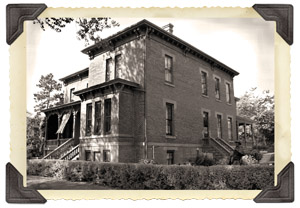
General Crook spent almost 40 years on the frontier and was respected by the Native Americans as a man of honor. He died March 21, 1890; he and his wife are buried at Arlington National Cemetery. The Crook House has served throughout the years as the home of the commanding officer of the post. The home was entered on the National Register of Historic Places on April 15, 1969.
Visit Balloon and Aviation History…